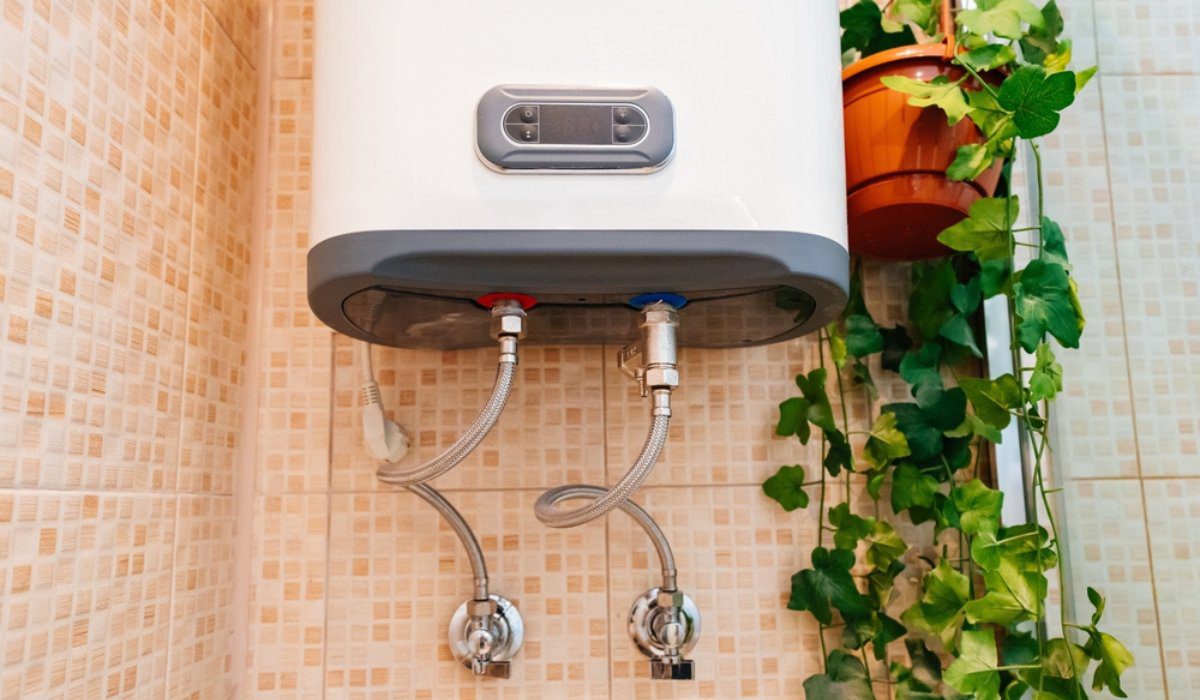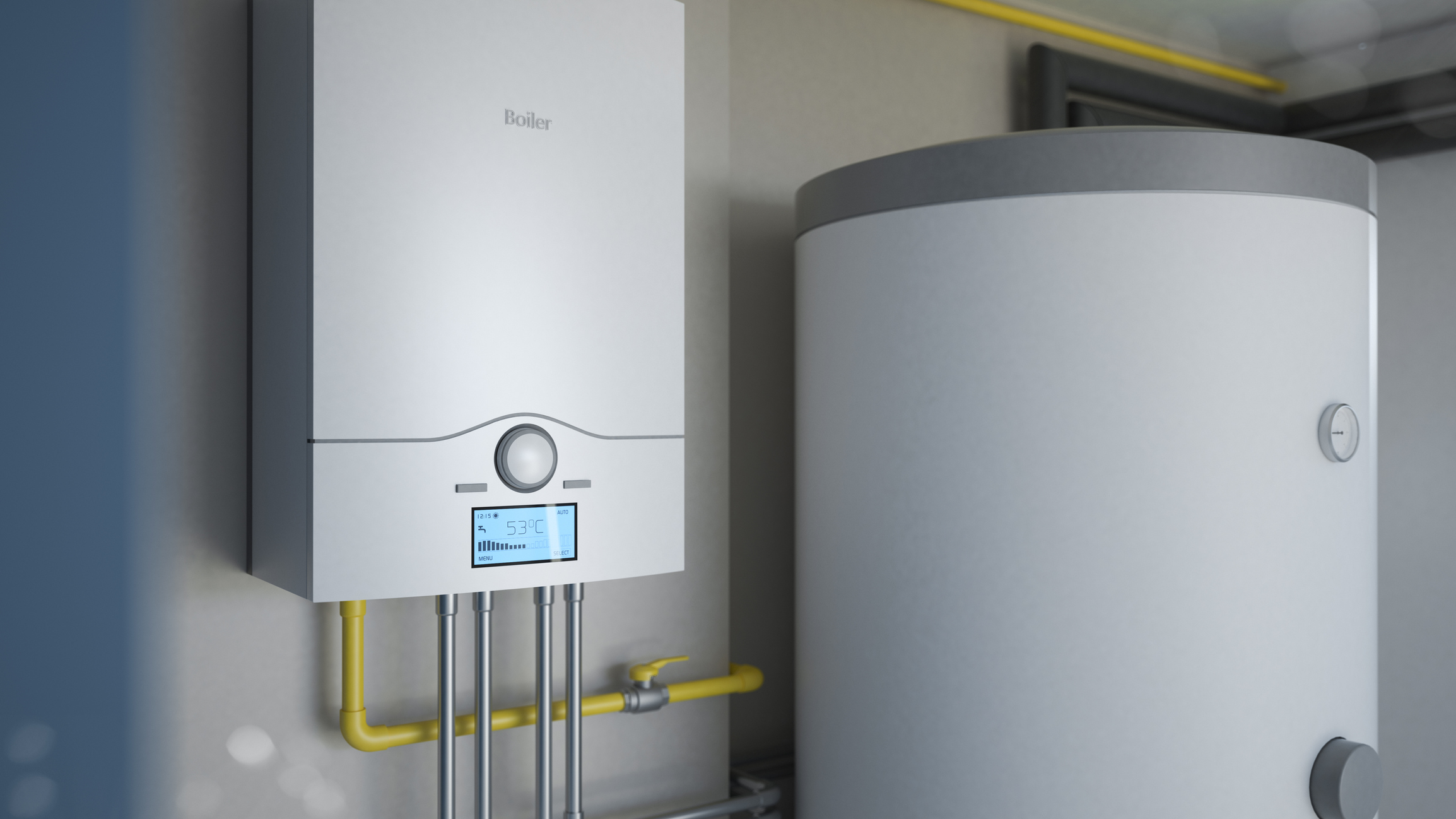We have come across this article on How to Maintain a Hot Water Heater in a Few Simple Steps listed below on the web and decided it made perfect sense to discuss it with you in this article.

Warm water is vital for day-to-day comfort, whether it's for a refreshing shower or washing meals. To guarantee your warm water system runs effectively and lasts longer, normal maintenance is key. This article provides useful ideas and understandings on just how to preserve your home's warm water system to prevent disruptions and expensive fixings.
Intro
Keeping your home's hot water system may seem difficult, but with a couple of basic actions, you can guarantee it operates smoothly for several years ahead. This guide covers everything from comprehending your hot water system to DIY upkeep pointers and recognizing when to employ professional aid.
Importance of Keeping Your Hot Water System
Routine upkeep not just extends the life expectancy of your warm water system but also guarantees it runs successfully. Overlooking upkeep can bring about lowered performance, greater energy expenses, and also early failure of the system.
Indicators Your Hot Water System Demands Upkeep
Recognizing when your warm water system requires attention can stop major concerns. Watch out for indicators such as inconsistent water temperature, odd noises from the heating system, or corroded water.
Comprehending Your Warm Water System
Prior to diving right into upkeep tasks, it's handy to comprehend the standard parts of your hot water system. Usually, this includes the hot water heater itself, pipelines, anode poles, and temperature level controls.
Month-to-month Upkeep Tasks
Normal regular monthly checks can aid capture minor issues prior to they rise.
Purging the Hot Water Heater
Flushing your hot water heater gets rid of debris buildup, improving efficiency and lengthening its life.
Monitoring and Replacing Anode Rods
Anode poles stop deterioration inside the storage tank. Checking and changing them when worn out is vital.
Evaluating and Adjusting Temperature Settings
Adjusting the temperature setups makes certain ideal performance and safety.
DIY Tips for Upkeep
You can do a number of maintenance jobs yourself to maintain your hot water system in leading condition.
Checking for Leaks
Regularly examine pipelines and connections for leakages, as these can cause water damages and higher costs.
Examining Pressure Alleviation Valves
Evaluating the pressure safety valve guarantees it works appropriately and prevents extreme stress build-up.
Shielding Pipes
Insulating hot water pipes minimizes warmth loss and can save power.
When to Call an Expert
While do it yourself upkeep is useful, some problems need specialist know-how.
Complex Issues Requiring Specialist Aid
Instances include significant leaks, electrical issues, or if your water heater is regularly underperforming.
Regular Professional Upkeep Advantages
Expert maintenance can include detailed assessments, tune-ups, and guaranteeing compliance with safety and security criteria.
Conclusion
Routine upkeep of your home's hot water system is necessary for performance, longevity, and price savings. By adhering to these suggestions and knowing when to seek expert assistance, you can guarantee a trustworthy supply of hot water without unforeseen disruptions.
Water Heater Maintenance: The Basics
Maintaining your water heater will ensure it operates efficiently and has a longer lifespan. Neglecting regular maintenance can lead to costly repairs and an even bigger chunk of your savings if you have to replace it sooner than necessary. But there’s good news: Most water heater maintenance tasks are relatively simple and easy for homeowners with basic DIY skills.
Flush the Water Heater
Over time, sediment and minerals can build up in the tank, reducing its efficiency and potentially causing damage. To flush the tank, turn off the power or gas supply, attach a hose to the drain valve near the bottom and open the valve to drain the water until it runs clear. Ideally, flush the tank annually.
Replace the Anode Rod
The anode rod is a sacrificial metal rod that helps prevent corrosion inside the tank. Inspect and replace it every three to five years or per the manufacturer's recommendation. To replace the anode rod, turn off the power or gas supply, drain a few gallons of water from the tank, unscrew the old rod and replace it with a new one. If the anode rod is significantly corroded or covered in calcium buildup, it's a sign the water heater may need to be replaced soon.
Tune-Up
A yearly tune-up can help identify potential issues and ensure your water heater operates at peak efficiency. This typically involves checking the thermostat, burner assembly (for gas heaters) and any other components specified by the manufacturer. During a tune-up, the technician may also clean the burner and adjust the pilot light (for gas heaters) or examine the heating elements (for electric heaters).
How to Maintain Your Water Heater
Insulate the tank. Insulating the tank can improve energy efficiency and reduce heat loss, saving you money on energy bills. You can purchase precut insulation blankets designed specifically for water heaters or use standard fiberglass insulation wrapped securely around the tank. Check the temperature. The recommended water temperature for most households is around 120 degrees Fahrenheit (49 degrees Celsius). Higher temperatures can increase energy costs and potentially cause scalding. Use a kitchen thermometer to check the temperature at the faucet nearest the water heater. Monitor water pressure. Excessive water pressure can strain the water heater and cause leaks or even tank failure. Install a pressure-reducing valve if necessary. The ideal water pressure range is between 60 and 70 PSI (pounds per square inch). Test the temperature and pressure (T&P) relief valve. The T&P relief valve is a safety feature that releases pressure if the tank gets too hot or the pressure builds up too high. Test it annually by lifting the lever and allowing a small amount of water to release. Replace the valve if it doesn't release water or reseal properly. Check for leaks. Regularly inspect the tank, pipes and fittings for leaks or corrosion. Deal with issues promptly to prevent further damage. Even a small leak can lead to significant water damage over time. Consider a tankless water heater. If your traditional tank-style water heater is nearing the end of its lifespan ( typically 10 years), consider replacing it with a tankless water heater. These units heat water on demand, reducing standby energy losses and potentially saving you money on your energy bills. Schedule professional maintenance. While homeowners can perform many water heater maintenance tasks, it's still a good idea to schedule professional maintenance every few years. A plumber or HVAC technician can thoroughly inspect the unit, identify potential issues and ensure it operates safely and efficiently. https://www.homeserve.com/en-us/blog/home-improvement/hot-water-heater-maintanence/

Hopefully you liked our topic about How to Maintain Your Water Heater & Prolong its Life. Thanks so much for spending some time to read through our article post. Sharing is good. Who knows, you may just be helping someone out. Thanks a bunch for being here. Come back soon.
Click Here